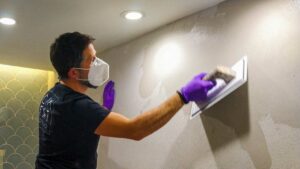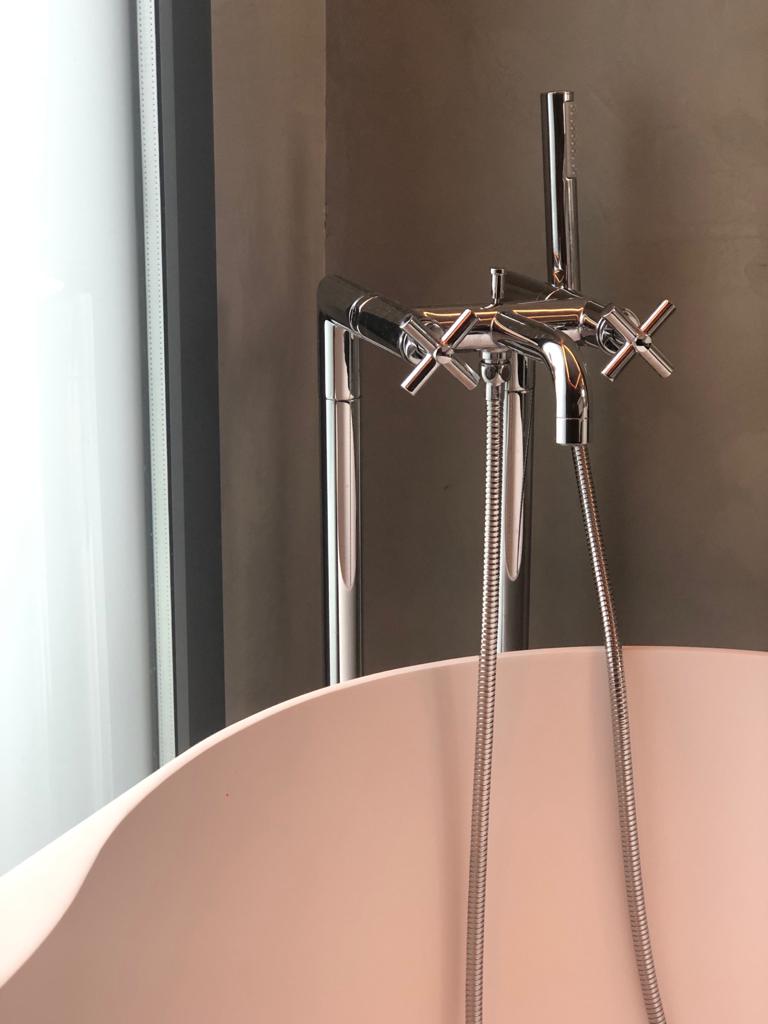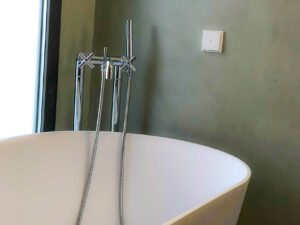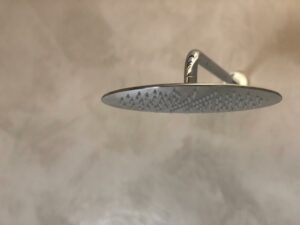
Surface Treatment for applying Microcement
Preparation of the Substrate for the Microcement Types of Substrates to Apply Microcement MICROCEMENT SUBSTRATE – One of the great advantages that microcement has compared
MICROCEMENT NEW CONSTRUCTION -Microcement is being used more and more by architects and decorators, both in renovations and in new construction. The advantages of using it in a reform are better known, the main one being the fact of avoiding debris. Its ability to cover surfaces without having to remove them is one of the reasons for the diffusion of microcement. But what should be taken into account in a new work?
The main reason for applying microcement in a new building is its finish. At the decorative level, there is currently nothing similar both for the natural aesthetics it provides and for its technical properties. The fact of being able to have surfaces without any type of joint brings a new dimension of possibilities to the decoration. Any surface is suitable to be covered with microcement, being able to fuse walls, floors and even ceilings or furniture.

In new construction on the ground it is possible that what there is is a formwork with concrete. In this case, it is not recommended to apply the microcement directly since the roughness of the concrete is very possible that the microcement cannot absorb it. Its 3 mm are not usually enough to regularize a concrete.
So in front of a concrete floor there are basically two options: use of a self-leveling or a mastering with cement. Although lately the normal thing is the use of self-leveling, each time with less thickness.
Once the surface is completely regularized and completely dry, the microcement can be applied. Here you have to take into account the drying times of the concrete, which can go up to 28 days.
In the case of the walls, if there is a brick wall, it has to be tailored so that it is as thin as possible to the touch. Once the surface is regularized, we will move on to the primer and the two base coats of Lunik.
If the wall is made of self-supporting partitions or plasterboard, make sure that they are perfectly taped and all the screws and joints are putty. Once the surface is fully prepared, we can apply Lunik ONEROCK.
In the end, the most important thing is to be clear that the microcement is applied on fully consolidated and regularized surfaces. If this is true, most problems in microcement applications will be avoided.
So applying ONEROCK provides the following advantages over other products:
To learn more about our ONEROCK microcement, visit our Lunik website.

Preparation of the Substrate for the Microcement Types of Substrates to Apply Microcement MICROCEMENT SUBSTRATE – One of the great advantages that microcement has compared

Microcement and Plasterboard Plasterboard and Microcement: Great Result PLASTERBOARD AND MICROCEMENT – Plasterboard, a widely used material in construction, has gained popularity in recent decades

Microcement and Moisture Humidity and Microcement: Ensuring a Perfect Application MOISTURE AND MICROCEMENT – Humidity is one of the primary challenges when applying microcement. While